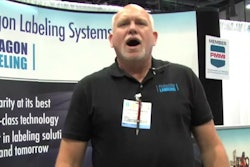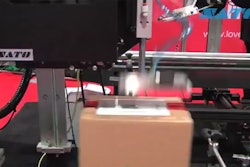1. Consider the following questions when evaluating specific smart camera vision system features:
• Does the vision system make it easy to set up applications, create custom operator interfaces, and administer vision system networks?
• What is the importance of parts location tools, and how can you assess their performance?
• Does the vision system have a complete set of image preprocessing tools?
• What are character reading and verification capabilities?
• How can you determine the repeatability of a vision system’s gauging tool?
• How do you evaluate industrial code reading tools and what are some specific features to look for?
• What networking and communications features are included?
•What should you know about vision system accessories such as lights, communications modules, and operator interface panels?
• Does the vision system vendor offer a wide range of hardware options? Are they rugged enough for your environment? Does the vision system supplier provide the support and learning services you need?
2. Choose a system that supports the complete set of standard networking protocols, including:
• TCP/IP client/server to enable inspection systems to easily share results data with other systems and control devices over Ethernet without any code development.
• SMTP (Simple Mail Transfer Protocol) for immediate reception of e-mails on PCs or cell phones when a problem occurs on the production line.
• FTP (File Transfer Protocol) to allow inspection information to be stored on the network for later analysis.
• Telnet, an Internet standard protocol that enables remote login and connection from host device.
• DHCP (Dynamic Host Configuration Protocol) to allow an inspection system to automatically receive its network IP address from a server, enabling true plug-and-play performance.
• DNS (Domain Name Service) to assign each system a meaningful name, instead of having to use a numeric IP address, easing identification and use for personnel.
3. Consider the total plant topography. To integrate with PLCs, robots, and other automation devices in the plant, the inspection systems must also support Industrial Ethernet protocols such as EtherNet/IP, EtherCAT, PROFINET, MC Protocol, and Modbus TCP; Fieldbus networks, including CC-Link, DeviceNet, and PROFIBUS; and RS-232 and RS-485 serial protocols.
Liked this article? Download the entire playbook here.


























